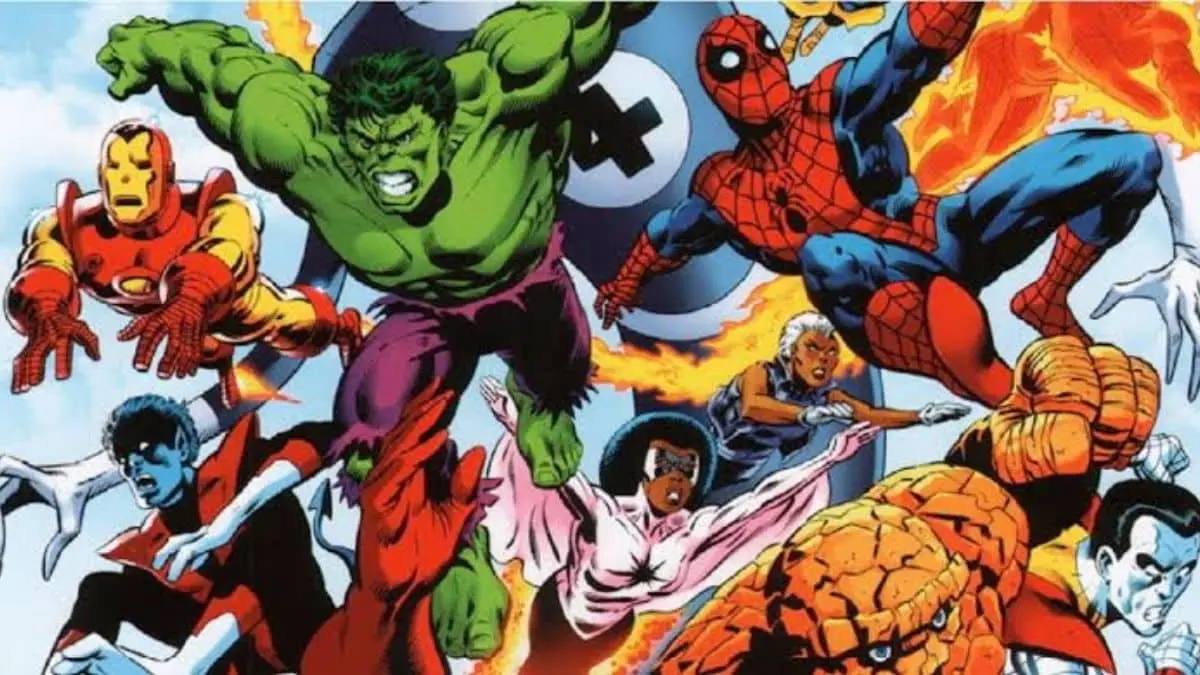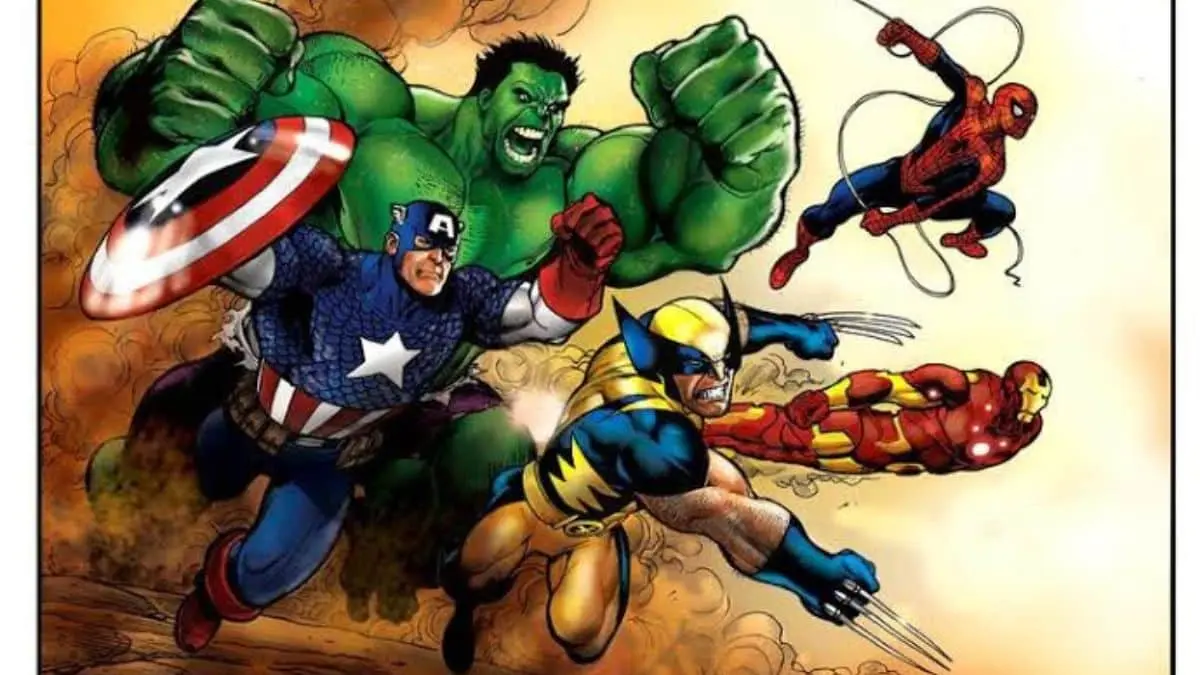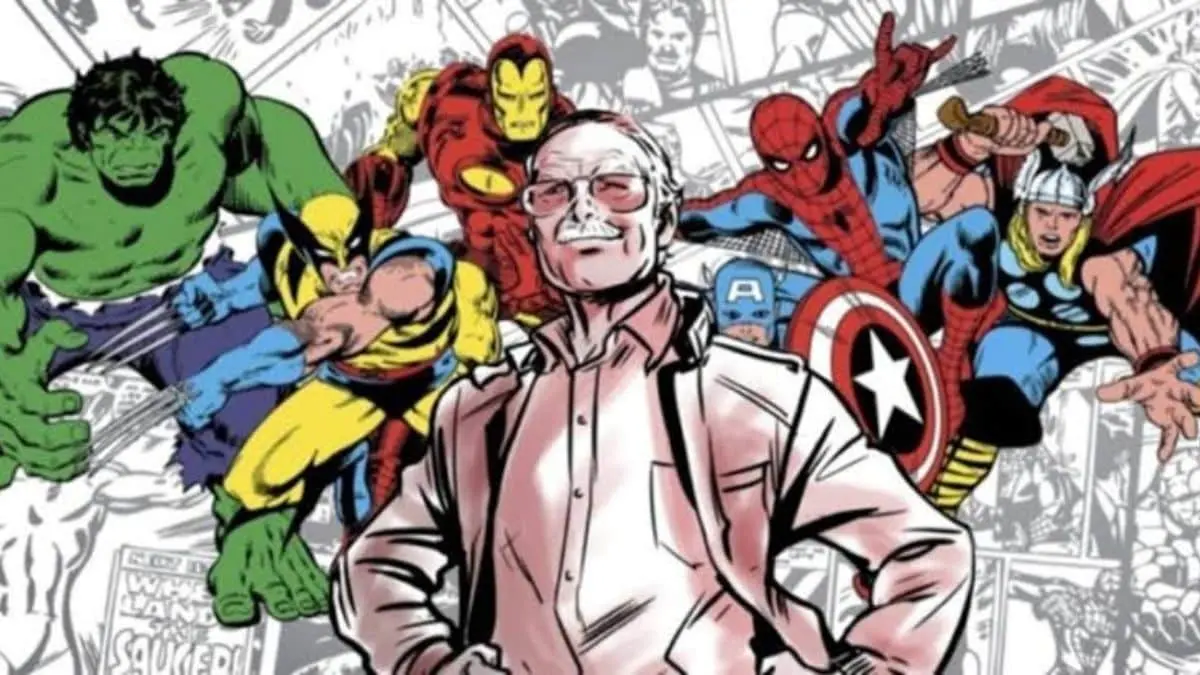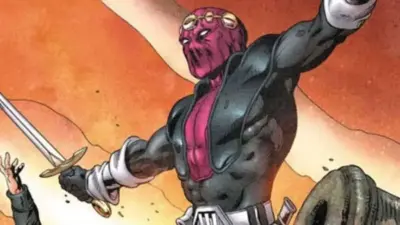The 1990s were a rollercoaster for the comic book industry. What started as a golden age of booming sales and speculative investments quickly turned into a devastating market crash that threatened the very existence of giants like Marvel Comics. Yet, despite being on the brink of collapse, Marvel not only survived but found ways to rebuild itself into the powerhouse we know today. So, How Marvel Survived the 1990s Comic Book Crash? Let’s break it down.
The Boom Before the Crash
The early 1990s were a golden period for comic book publishers. Marvel, alongside competitors like DC and Image Comics, was riding high on a wave of speculative buying. Collectors weren’t just buying comics for the stories—they were investing, treating them like stocks.
Remember the 1991 debut of X-Men #1? That single issue sold over 8 million copies, making it the best-selling comic book of all time. Collectors were convinced it would be worth a fortune someday. Marvel leaned into this frenzy, releasing variant covers, holographic editions, and anything that could spark a buying spree.
But here’s the problem: most of these comics weren’t rare. Millions of copies flooded the market, and when the bubble burst, the comics people had hoarded as “investments” turned out to be worth little more than their cover price.
The Crash Hits Hard
By the mid-1990s, the market was in freefall. Overproduction, declining sales, and waning interest among speculators hit publishers hard. Marvel, despite its dominance in the market, wasn’t immune.
Marvel’s troubles were compounded by its ambitious but ultimately disastrous expansions. They acquired companies like Fleer (a trading card company) and Toy Biz, attempting to diversify their portfolio. These moves stretched Marvel’s finances thin, leaving them vulnerable when the crash arrived.
In 1996, Marvel declared bankruptcy. Yes, Marvel—the home of Spider-Man, the X-Men, and the Avengers—was in financial ruin. It seemed unthinkable, but the comic book giant was on the brink of collapse.

The Turning Point: Restructuring and Licensing Deals
Here’s where Marvel’s survival story gets interesting. Rather than fading into obscurity, Marvel made a series of bold moves to stabilize itself and lay the groundwork for a comeback.
1. Outsourcing to Save the X-Men and Spider-Man
One of Marvel’s first steps was to license out the film rights to some of its most popular characters. The X-Men were sold to Fox, and Spider-Man went to Sony. While it may seem like Marvel was giving away its crown jewels, these deals brought in much-needed cash at a critical time.
Movies like 2000’s X-Men and 2002’s Spider-Man became massive hits, reigniting public interest in Marvel characters. Even though Marvel didn’t directly profit from these films, the success helped boost comic sales and kept the brand alive in pop culture.
2. Toy Biz to the Rescue
When Marvel acquired Toy Biz in 1993, it seemed like just another overextension. But Toy Biz became Marvel’s unlikely savior during the crash. Avi Arad and Ike Perlmutter, the heads of Toy Biz, took control of Marvel’s finances during its bankruptcy. They streamlined operations, cutting down on excessive spending and focusing on Marvel’s core strengths: its characters and stories.
Their leadership not only stabilized Marvel but also set the stage for its eventual resurgence.
Shifting Focus to Quality Storytelling
During the crash, Marvel had to rethink its strategy. Instead of pumping out endless variants and gimmicks, the company refocused on storytelling. This shift brought some incredible creative runs that are still celebrated today.
For example:
- Mark Waid and Ron Garney’s Captain America (1995): This run revitalized Steve Rogers, giving him depth and relevance during a challenging time for comics.
- Joe Kelly’s Deadpool (1997): Kelly’s irreverent take on the Merc with a Mouth made Deadpool a fan favorite.
- Kurt Busiek and George Pérez’s Avengers (1998): This series brought the Avengers back to basics with a mix of nostalgia and fresh ideas.
These stories proved that great comics could still capture readers’ imaginations, even during tough times.
Marvel Knights: A Game-Changer
One of the smartest moves Marvel made in the late 1990s was launching the Marvel Knights imprint in 1998. Headed by Joe Quesada and Jimmy Palmiotti, Marvel Knights was designed to breathe new life into struggling characters like Daredevil, Black Panther, and Punisher.
The imprint gave creators more creative freedom, resulting in groundbreaking stories like:
- Daredevil: Guardian Devil by Kevin Smith and Joe Quesada
- Black Panther by Christopher Priest
Marvel Knights wasn’t just a commercial success—it showed Marvel was willing to take risks and adapt to the changing tastes of readers.

The Road to Marvel Studios
By the end of the 1990s, Marvel was on more stable footing, but the company’s ultimate comeback was still ahead. In the early 2000s, Marvel decided to take control of its cinematic destiny.
Using the revenue from its licensing deals, Marvel created Marvel Studios and began producing its own films. The first project? 2008’s Iron Man, which launched the Marvel Cinematic Universe and changed the entertainment industry forever.
This move wouldn’t have been possible without the lessons Marvel learned in the 1990s. The crash forced the company to streamline, refocus, and think long-term, laying the foundation for its eventual dominance in both comics and cinema.
What We Can Learn from Marvel’s Survival
The 1990s comic book crash was a wake-up call for Marvel and the entire industry. It exposed the dangers of overproduction, short-term gimmicks, and overreliance on speculative markets. But it also proved that resilience, creativity, and strategic thinking can turn even the direst situations around.
Also Read: Why Helmut Zemo Deserves His Own Spin-Off Series



